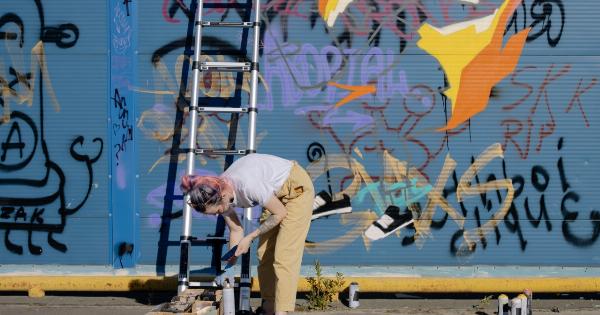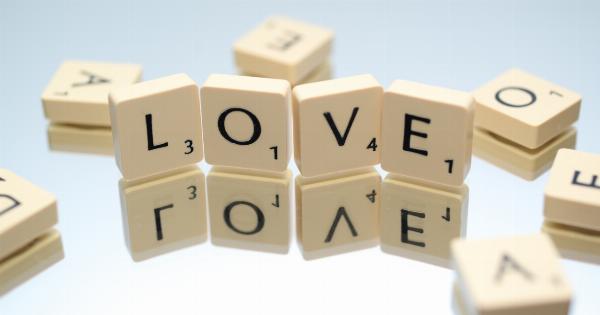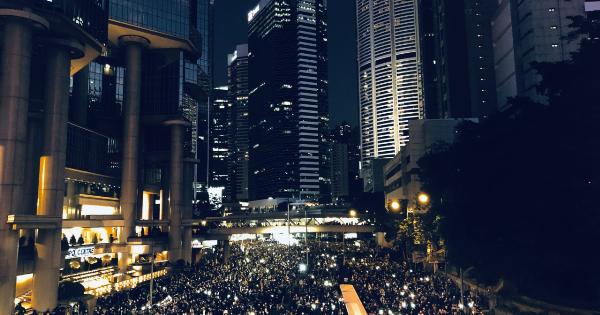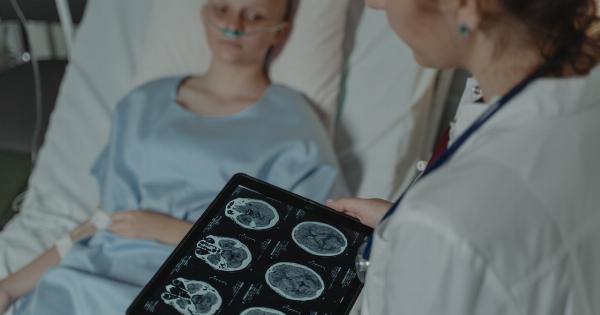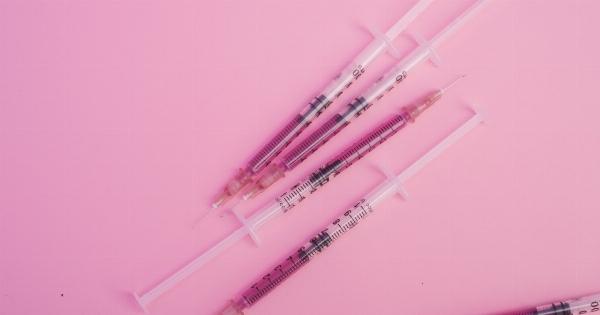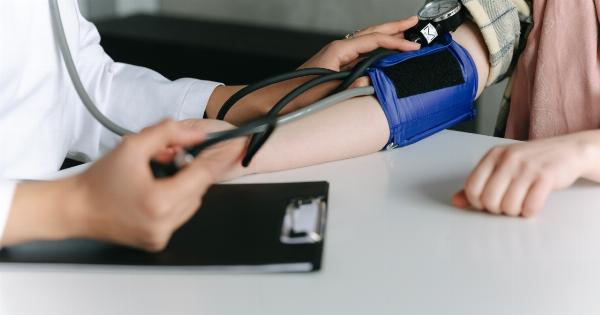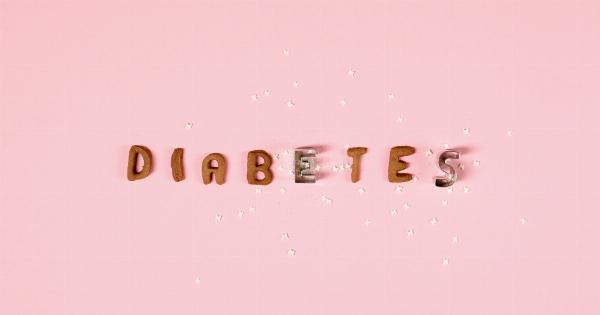For many people, a stroke is something that only happens to the elderly. However, this is a dangerous myth that can put individuals at risk for a stroke at any age.
Understanding the hidden dangers of a stroke can help save your life or the life of someone you love.
What is a Stroke?
A stroke, also known as a “brain attack,” occurs when blood flow to the brain is interrupted or reduced. When this happens, brain cells can die or be damaged, leading to cognitive and physical impairments.
Types of Strokes
There are two main types of strokes:.
- Ischemic stroke: Caused by a blockage in the blood vessels that supply the brain with blood and oxygen.
- Hemorrhagic stroke: Caused by a rupture in a blood vessel in the brain, leading to bleeding in the brain.
Hidden Dangers of a Stroke
Many people are unaware of the hidden dangers of a stroke, which can put them at higher risk of experiencing one.
Silent Strokes
Silent strokes are a type of stroke that do not cause any visible symptoms but can still cause damage to the brain. These strokes are typically only detected through brain scans and can increase the risk of future strokes and dementia.
High Blood Pressure
High blood pressure is a major risk factor for stroke. It can put stress on the blood vessels in the brain, leading to ruptures and blockages.
Smoking
Smoking can damage the blood vessels in the brain and increase the risk of stroke. It also leads to the buildup of plaque in the arteries, which can further increase the risk of stroke.
Obesity
Obesity can lead to many health problems, including an increased risk of stroke. It puts extra strain on the heart and blood vessels, leading to an increased risk of blockages and bleeding in the brain.
Diabetes
Diabetes can lead to an increased risk of stroke by damaging the blood vessels throughout the body. It can also increase the risk of high blood pressure and obesity, both of which are major risk factors for a stroke.
Preventing Stroke
The best way to prevent a stroke is to manage your risk factors. This includes:.
- Maintaining a healthy weight
- Exercising regularly
- Eating a healthy diet low in salt and saturated fat
- Managing high blood pressure, diabetes, and cholesterol
- Quitting smoking
Signs and Symptoms of a Stroke
If someone is experiencing a stroke, it is important to act fast. The sooner they receive medical attention, the better their chances of surviving and recovering.
Remember the acronym FAST to recognize the signs of a stroke:.
- Face drooping
- Arm weakness
- Speech difficulty
- Time to call an ambulance
Treatment for Stroke
Immediate treatment for a stroke can help minimize the damage to the brain and increase the chances of recovery. Treatment may include:.
- Medications to dissolve blood clots or prevent further clotting
- Surgery to remove or repair damaged blood vessels
- Rehabilitation to help regain speech, movement, and other functions
Conclusion
A stroke can happen to anyone at any age. It is important to recognize the hidden dangers of a stroke and manage your risk factors. Knowing the signs and symptoms of a stroke can also help save a life.
Remember to act fast and call for medical attention if someone is experiencing a stroke.




